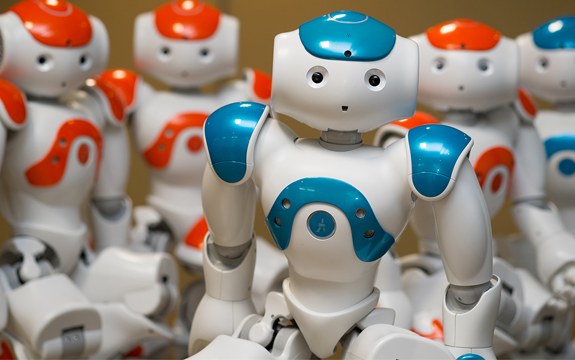Swinburne researches effective use of robots in schools

In Summary
For the first time in Australia, research is being conducted into how robots can be effectively implemented into primary and secondary school curriculums.
Working in partnership with the Association of Independent Schools of South Australia, Queensland University of Technology and the University of Queensland, the three year research project, being led by Swinburne University of Technology, will see two South Australian schools per term trial the use of NAO robots.
Teachers will complete regular online surveys about the way the robots are being used to educate the students and encourage class engagement. They will also be asked about the challenges of using robots in the classroom.
Lead researcher, Swinburne’s Dr Therese Keane, said it was very important this research be conducted now.
“Robots are becoming a part of society. It is the responsibility of Australian schools to prepare their students with the skills needed for the future,” Dr Keane said.
While robots have occasionally been used in schools, there is currently no evidence or findings that suggest how robots can assist both teachers and students.
“Through the three year research program, we hope to identify the ‘best practice’ way that robots can be implemented into school curriculums. We want the robots to improve classroom learning, not simply be a novelty or distraction,” Dr Keane said.
Introducing robots into the school curriculum will also give the students first-hand access to coding and programming.
“One of the key features of the NAO robots is that they can be programmed to talk, dance and move around by the students using software on the computer,” Dr Keane said.
“Coding has been identified as a necessary skill for the next-generation of workers. These robots give the students an accessible and fun way to practice and improve their coding skills.”

